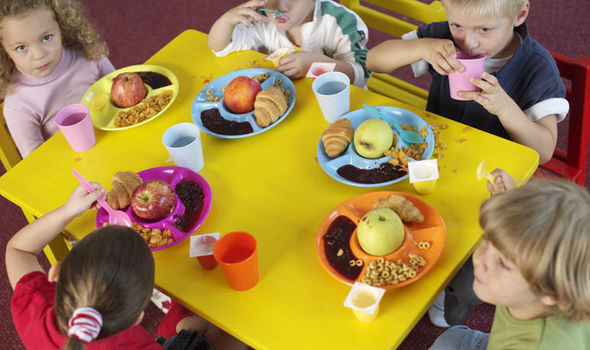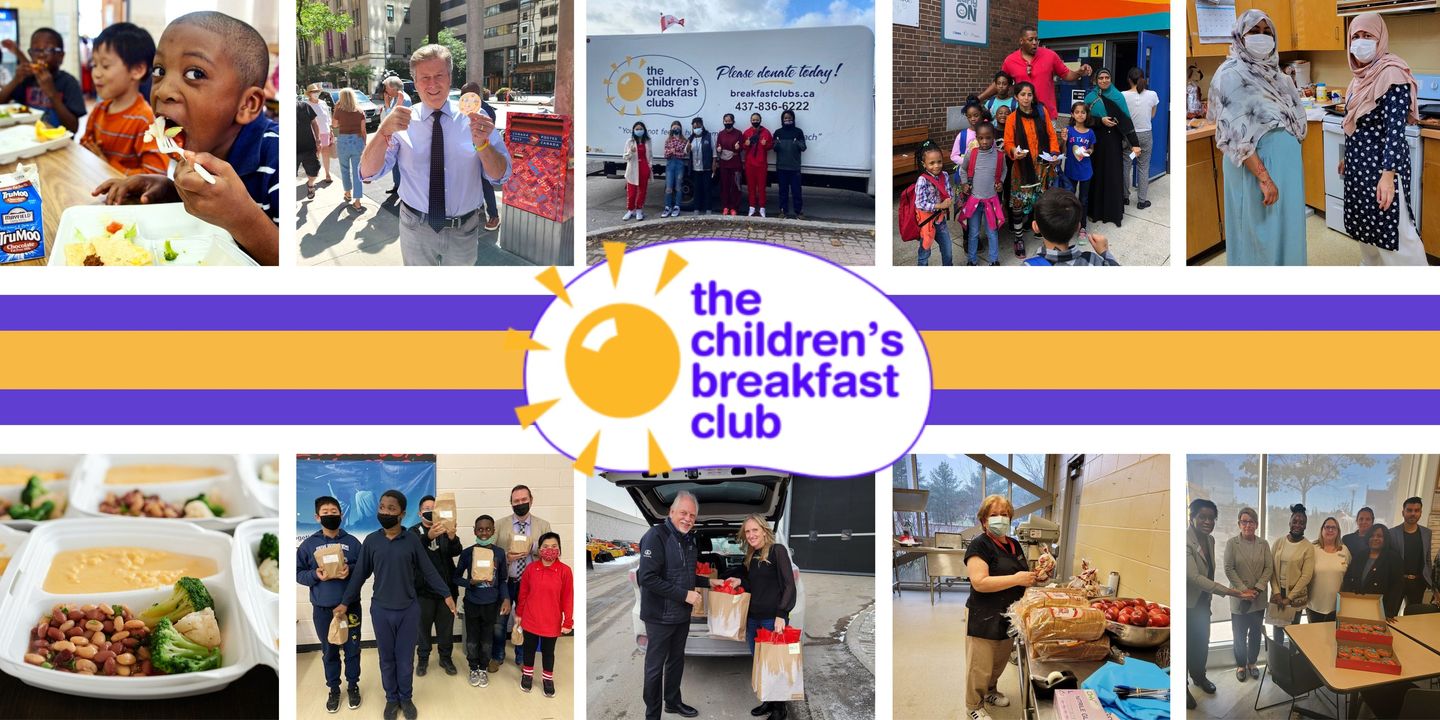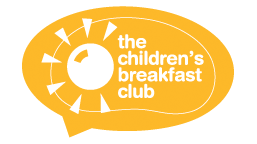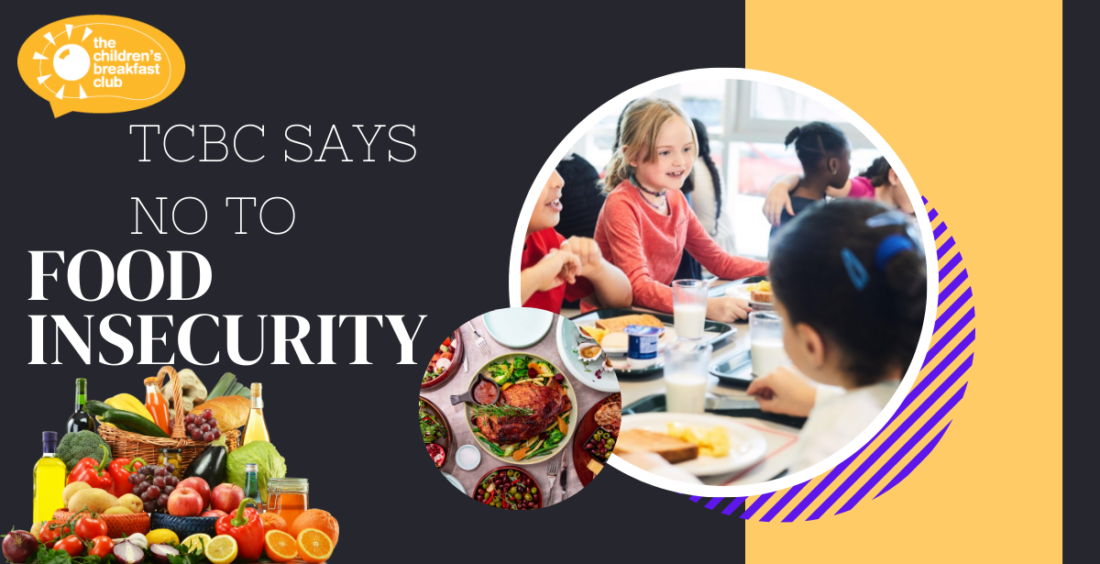![]()
March 15, 2024 | Food insecurity, donations, food drive
The Effect of Food Insecurity on Children

Millions of families in Canada are struggling to put food on the table, which is a growing problem for food insecurity. Children are particularly affected by this issue because they are the ones who are most inclined to the negative impacts of food insecurity.
Children who experience food insecurity suffer greatly on a physical and mental level. They are also more likely to be malnourished, resulting in delayed development, compromised immune systems, and stunted growth.
Moreover, a child’s mental health may suffer due to food insecurity. Children who don’t eat enough food may develop behavioral issues, anxiety, and sadness. Their inability to focus and lack of energy could also cause them to suffer academically.
Children who experience food insecurity may have long-term implications. Children who grow up with food insecurity are more prone to develop long-term chronic illnesses like diabetes and heart disease. Additionally, there is a greater chance of mental health problems such as anxiety and sadness developing in them.
Furthermore, a child’s education and future chances may be impacted by food hardship. Children who don’t eat enough food may have difficulty in school, which could result in poorer results and a higher chance of dropping out. This can worsen their chances of finding employment later on and keep them in a cycle of poverty.
Taking Action Against Food Insecurity
The great news is that there are strategies to support underprivileged children and fight food insecurity. The following four tactics have the potential to be effective:
1. Food Aid Initiative
 Food assistance programs such as The Children’s Breakfast Club provide underprivileged children with healthy breakfast in the morning as well as cultural, educational, and recreational programs to children and youth throughout Southern Ontario.
Food assistance programs such as The Children’s Breakfast Club provide underprivileged children with healthy breakfast in the morning as well as cultural, educational, and recreational programs to children and youth throughout Southern Ontario.
2. Community-Based Gardens
Families in need can get fresh, nutritious food from community gardens. Fruits and vegetables grown in these gardens can be given to families or used in school meal programs. They may instruct kids in gardening and good eating practices, and they foster a feeling of community.
3. Pantries and Food Banks
Families experiencing food insecurity must have access to food pantries and banks. Providing a lifeline for families that would not have access to other food assistance programs, these organizations gather and deliver food to people in need.
4. Awareness and Education
Combating food insecurity requires a strong focus on awareness and education. Teaching kids and families how to budget, cook, and maintain good eating habits will help them use the food they have more efficiently and use their resources more wisely. Giving families the tools they need to get better off, it can also aid in ending the cycle of poverty and food insecurity.
The Current State of Food Insecurity in Canada and its Causes
As living expenditures continue to rise, more and more Canadian families are discovering that they have to spend more money to buy less food.
The percentage of households experiencing food insecurity in the 12 months before the poll rose from 16% in 2021 to 18% in 2022, per data from the Canadian Income poll. Black families, Native American families, and single moms were among the groups most at risk of food insecurity.
Higher rates of inflation may have contributed to the comparatively higher frequency of food insecurity by lowering consumer purchasing power and forcing families to spend more money on fewer goods. While the whole nation is impacted by inflation, there are additional variables that might affect the prevalence of food security at the province level, including the cost of living and anti-poverty initiatives.
Canada’s Initiatives to Address Food Insecurity
Fortunately, Canada is home to a large number of programs and organizations fighting food insecurity. In Canada, there are active food banks, pantries, and community gardens that give much-needed resources to low-income families.

Additionally, The Children’s Breakfast Club is one the organizations in Canada that has been feeding children for the past 40 years, making sure children don’t go to class hungry. The Children’s Breakfast Club has also been part of the Tim Horton’s Smile Cookie Campaign for the past 14 years and $2,794,094 has been raised through this partnership.
In Canada, food insecurity is a serious problem that impacts millions of children. Children who experience food hardship may face long-term effects, but there are solutions available to address this issue.
We can contribute to ensuring that all children have access to wholesome food by funding food banks, community gardens, and food assistance programs as well as raising awareness and educating others. When we band together, we can combat food insecurity head-on.
 DONATE TO THE CHILDREN’S BREAKFAST CLUB AND HELP US DONATE US SUPPORT CHILDREN AND YOUTH IN ONTARIO.
DONATE TO THE CHILDREN’S BREAKFAST CLUB AND HELP US DONATE US SUPPORT CHILDREN AND YOUTH IN ONTARIO.
DONATE TODAY



Vanessa